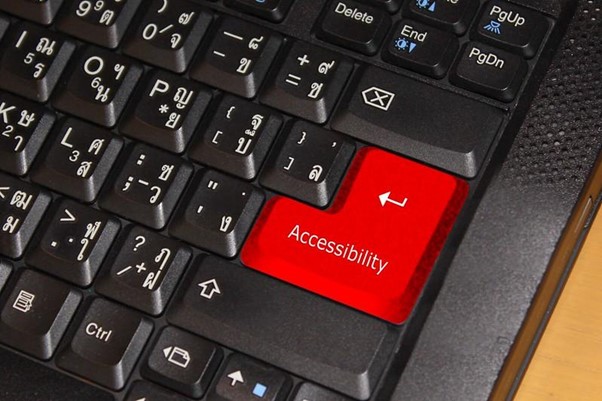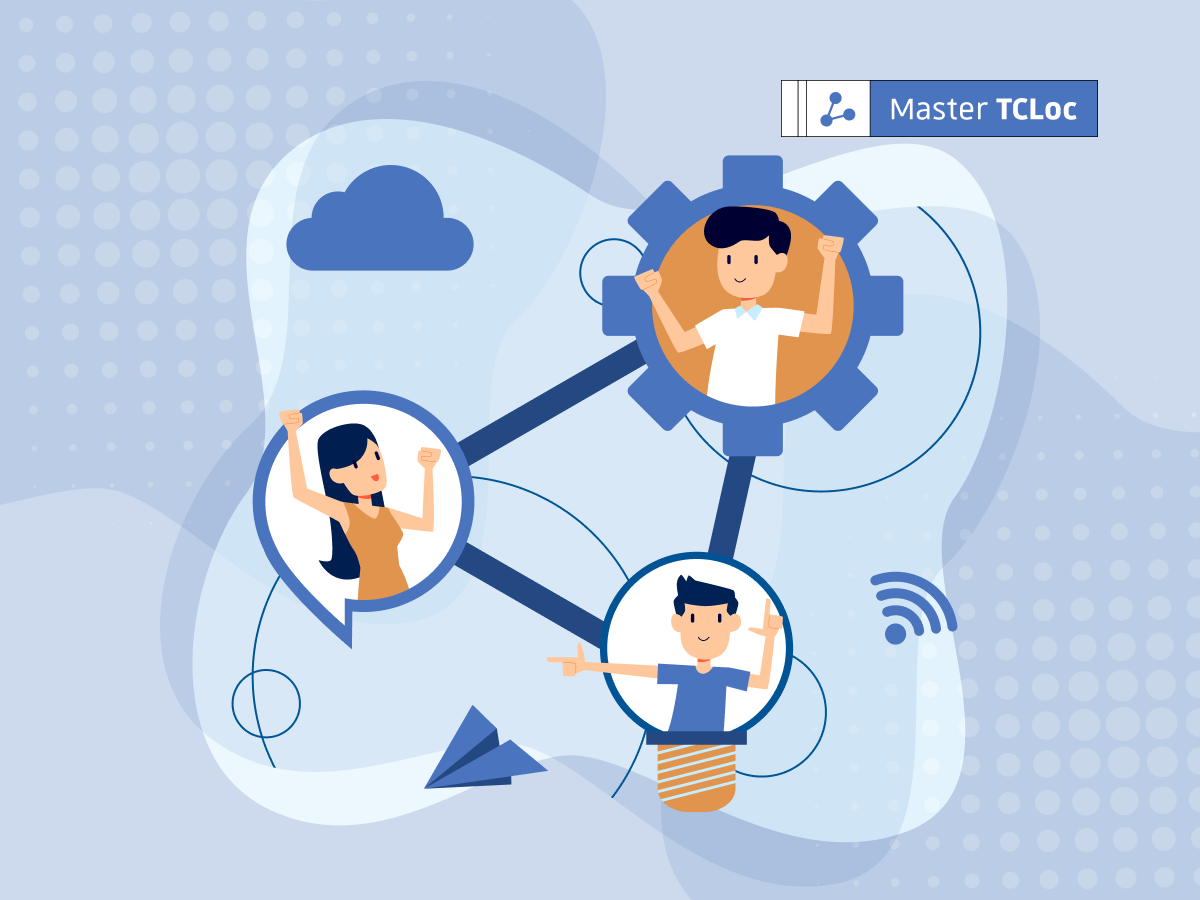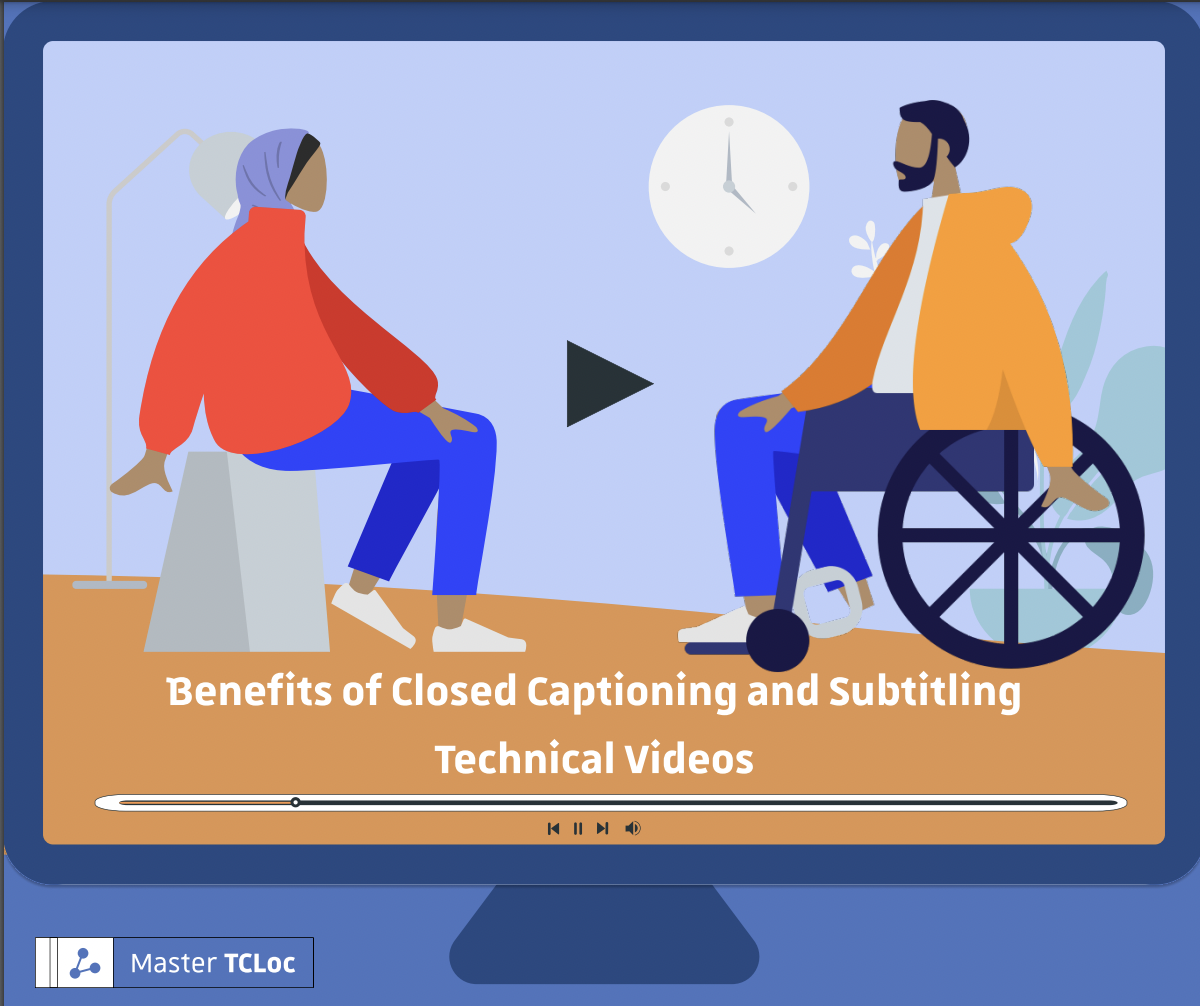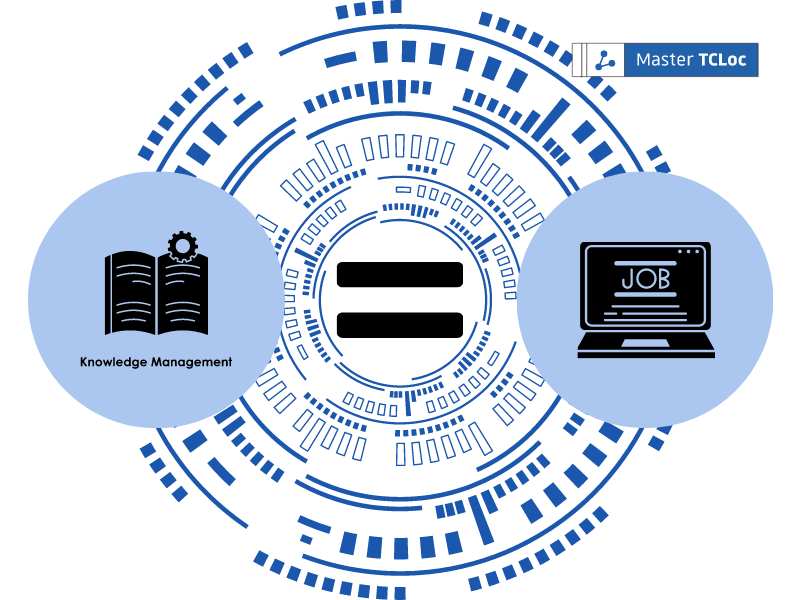
Web Accessibility is becoming more and more prominent in the digital realm – and that’s great news. Recognized standards such as the Web Content Accessibility Guidelines (WCAG) or the European Accessibility Act are pushing things in the right direction.
What about technical documentation? How can technical writers make documentation more inclusive?

In an era defined by rapid technological change, technical communication in digital transformation reshapes industries and business practices across the…
Why Choose This Program? The Advanced Usability and UX Design Certificate, offered by the University of Strasbourg, is a career-oriented…

The world of User Experience (UX) is dynamic, evolving rapidly alongside technology, user needs, and global trends. For students enrolled…
Why Choose This Program? The Certificate in Localization and Digital Communication, offered by the prestigious University of Strasbourg (Unistra), provides…

Inclusive design is the practice of designing products and environments that people of all abilities and disabilities can use without…

This blog post discusses the importance of closed captioning and subtitling in technical videos. However, we should first discuss the…

Every year, digital content becomes vaster and more relevant, especially after a pandemic that forced users around the world to manage almost every aspect of life remotely. In this era, accessibility plays an important role, so all types of people can access that ever-increasing content. In this article, we explore three main things for translation project managers to take into consideration when working on accessibility compliance in translation projects.

Whether you’re an HR consultant working on a digital learning project or a freelancer looking to start an online education business, this article will help you understand the key elements to consider when developing your own digital learning program.

Isis Arce-Melton provides an overview of knowledge management, the skills technical writers need to work within this field, and how they can find a job within an Information Technology (IT) company.







